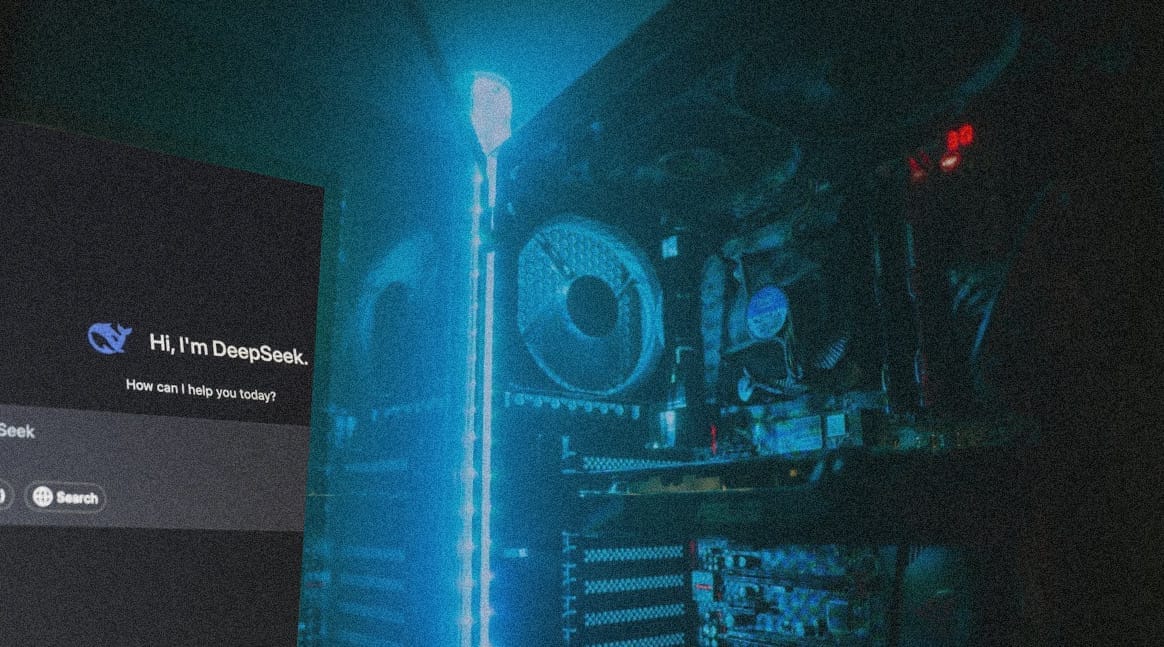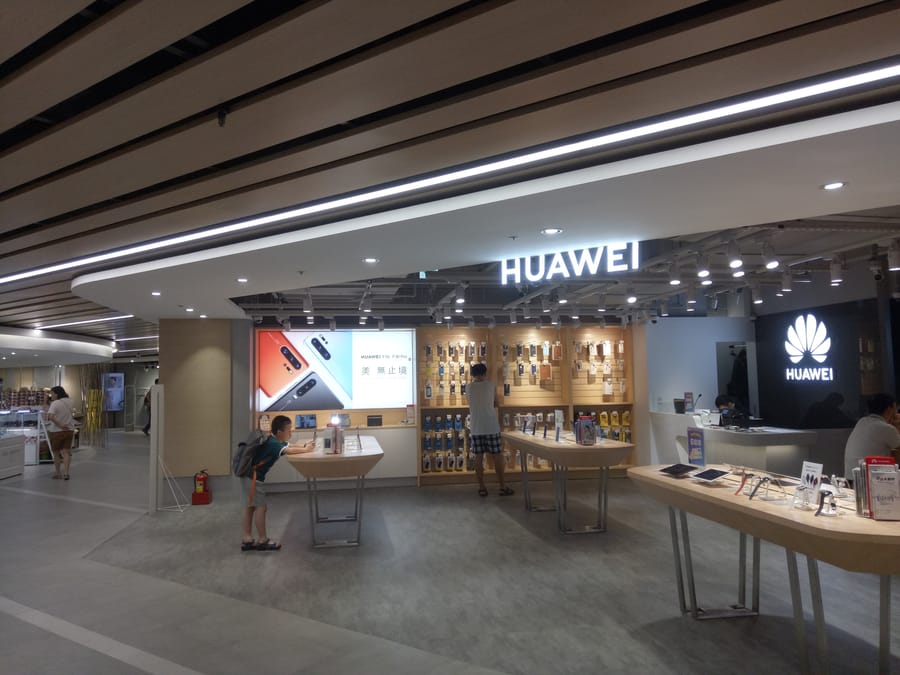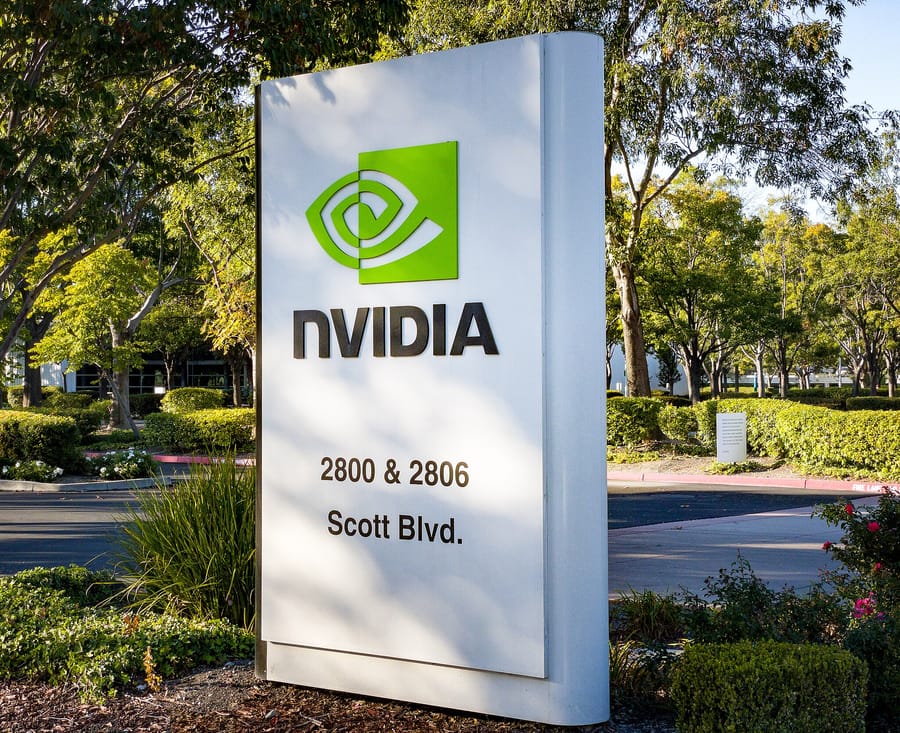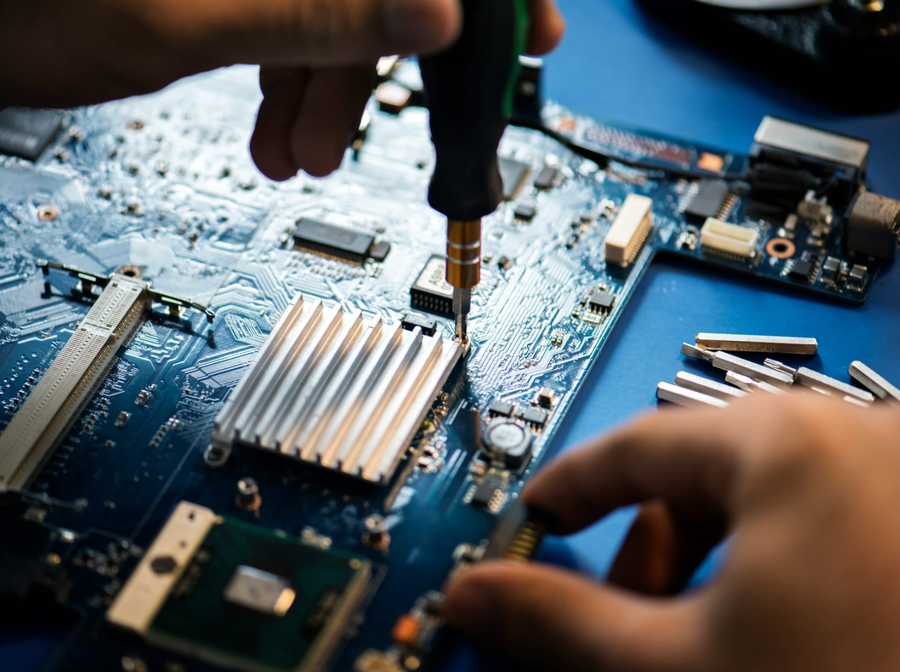On 20 January, the Chinese AI firm DeepSeek announced that it had developed a chatbot matching OpenAI’s performance while requiring significantly fewer computational resources. This revelation sent shockwaves through the market, culminating in a 17% plunge in NVIDIA’s stock price by 27 January.
Tech industry leaders, including Microsoft CEO Satya Nadella, invoke the Jevons paradox to argue that lower costs will drive up demand for AI chips rather than diminish it. First articulated by economist William Stanley Jevons in 1865 about coal consumption, the paradox suggests that greater efficiency in resource use paradoxically leads to an overall increase in its consumption rather than a decline. Nobel laureate economist William Nordhaus observed a similar phenomenon in the evolution of lighting technology: while a Babylonian oil lamp produced a mere 0.06 lumens per watt, modern LEDs can generate up to 110 lumens per watt. Yet, instead of reducing energy consumption, this dramatic efficiency gain has led to an exponential rise in artificial light usage.
The DeepSeek R1 model, available as open-source, enables significantly more efficient resource utilisation on NVIDIA chips. According to Hamish Low, an analyst at Enders Analysis, the market’s reaction was exaggerated, as improved computational efficiency is by no means detrimental to demand. Major tech companies continue to plan substantial investments in AI infrastructure, signalling that the industry’s leading players remain committed to long-term development.
Sources:
1.

2.

3.

4.












